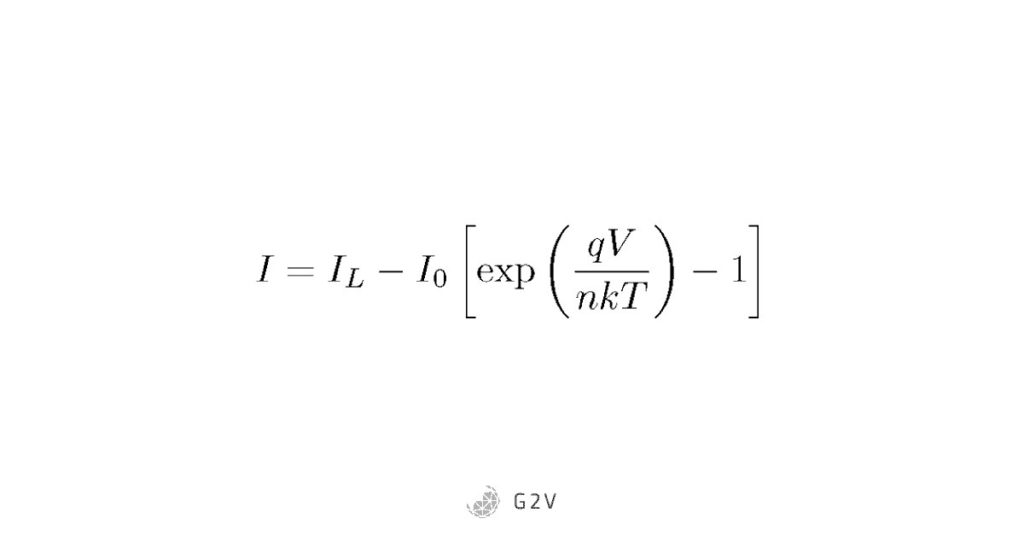
Introduction:
Solar efficiency is a critical factor in assessing the performance of solar energy systems. This article provides a comprehensive guide on how to calculate solar efficiency, offering insights into maximizing the output of solar installations and promoting sustainable energy practices.
Understanding Solar Efficiency:
Solar efficiency refers to the percentage of sunlight that a solar panel can convert into usable electricity. The higher the efficiency, the more sunlight is converted into electricity. Understanding this metric is essential for evaluating the effectiveness of solar panels and optimizing their performance.
Calculating Solar Efficiency:
The formula for calculating solar efficiency is straightforward. Divide the electrical power output of the solar panel by the solar energy input from the sunlight. The result is then multiplied by 100 to express the efficiency as a percentage. This simple equation provides a clear picture of how efficiently a solar panel converts sunlight into electricity.
Measuring Solar Energy Input:
To calculate solar efficiency, it’s crucial to determine the solar energy input accurately. This involves measuring the solar irradiance, which is the power per unit area received from the sun. Instruments like pyranometers or photovoltaic cells can measure the solar irradiance, providing data for the calculation.
Determining Electrical Power Output:
The electrical power output is the amount of electricity generated by the solar panel. This is measured in watts and can be obtained from the manufacturer’s specifications or through monitoring devices installed in the solar energy system. The power output is a key factor in assessing the overall efficiency of the solar panel.
Factors Influencing Solar Efficiency:
Several factors influence solar efficiency, including the quality of solar panels, temperature, shading, and the angle and orientation of the panels. High-quality panels with advanced technologies tend to have higher efficiencies. Additionally, optimizing the tilt and direction of the panels to maximize sunlight exposure contributes to enhanced efficiency.
Temperature’s Impact on Efficiency:
Solar panels are sensitive to temperature changes, and extreme heat can reduce their efficiency. It’s essential to consider the temperature coefficient of the panels when calculating efficiency. Some panels perform better in higher temperatures, while others may have a more significant efficiency drop.
Shading and Obstructions:
Shading has a direct impact on solar efficiency. Even a small amount of shading on a solar panel can significantly reduce its output. Identifying and minimizing shading from nearby structures, trees, or other obstructions is crucial for maintaining optimal efficiency in solar energy systems.
Optimizing Panel Angle and Orientation:
The angle and orientation of solar panels play a vital role in maximizing solar efficiency. Adjusting the tilt angle according to the geographical location and aligning the panels to face the sun’s path optimize sunlight exposure throughout the day, ensuring optimal energy production.
Utilizing Monitoring Systems:
Implementing monitoring systems enhances the ability to calculate and maintain solar efficiency. These systems provide real-time data on solar panel performance, allowing for adjustments and troubleshooting. Monitoring helps identify issues promptly, ensuring the solar energy system operates at peak efficiency.
Conclusion:
Calculating solar efficiency is essential for assessing the performance of solar panels and optimizing energy production. By understanding the factors that influence efficiency and implementing best practices, individuals and businesses can make informed decisions to maximize the benefits of solar energy. Explore more about solar efficiency at firstbisnisku.my.id.



